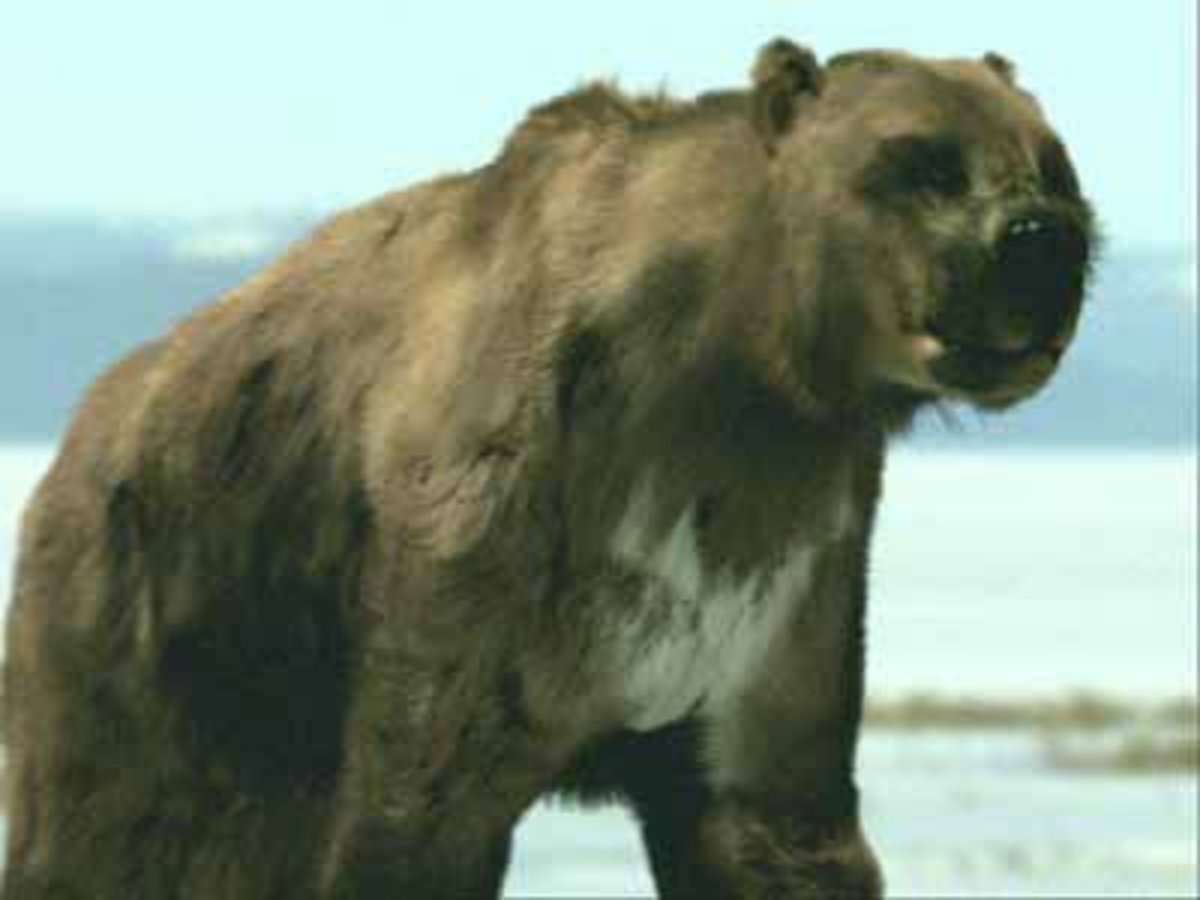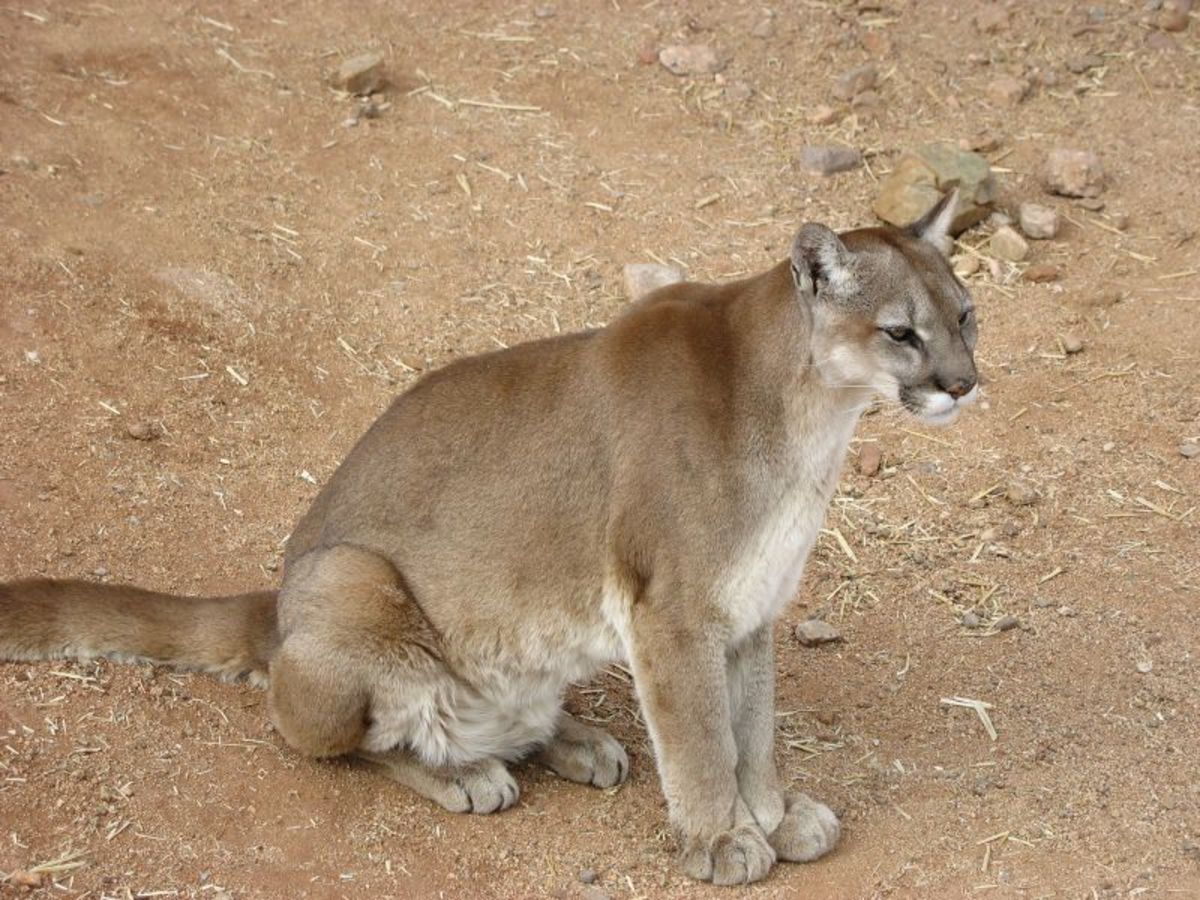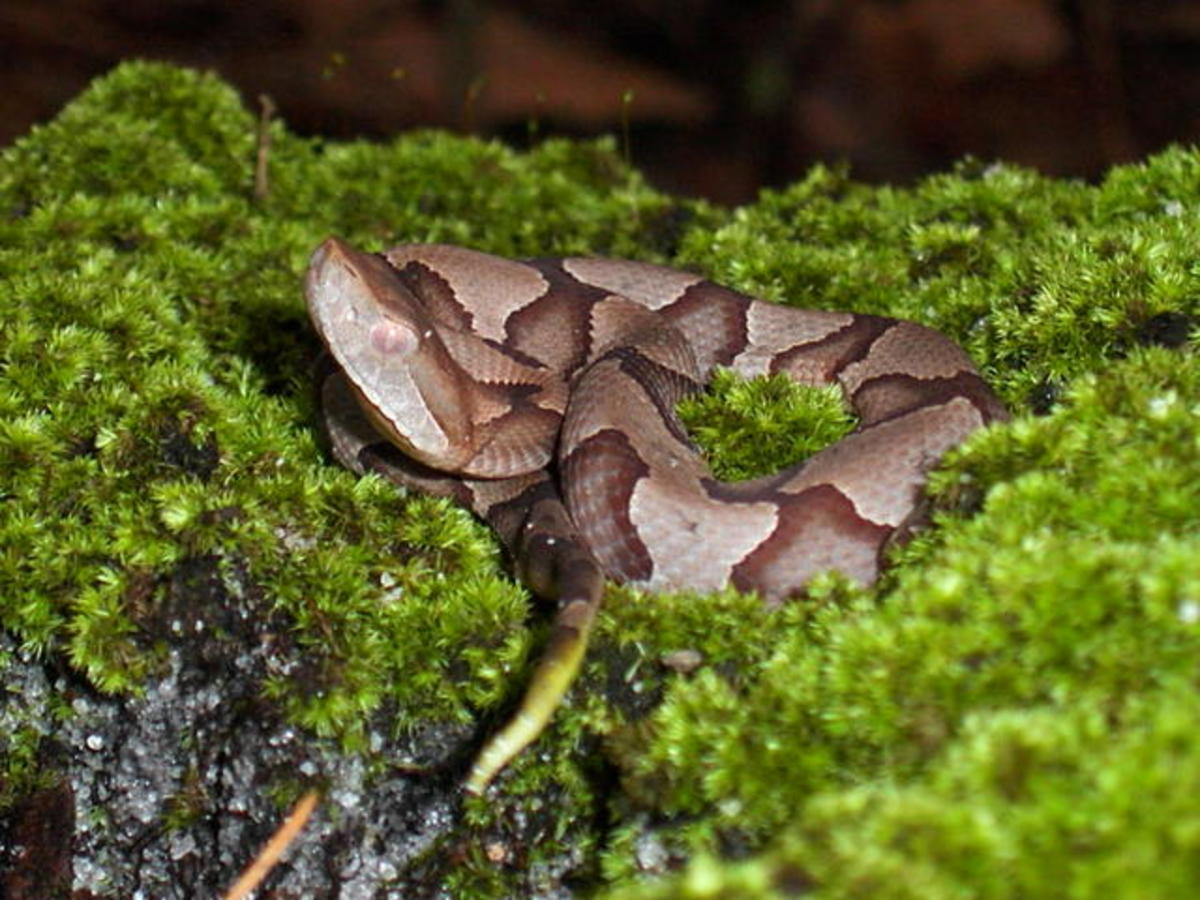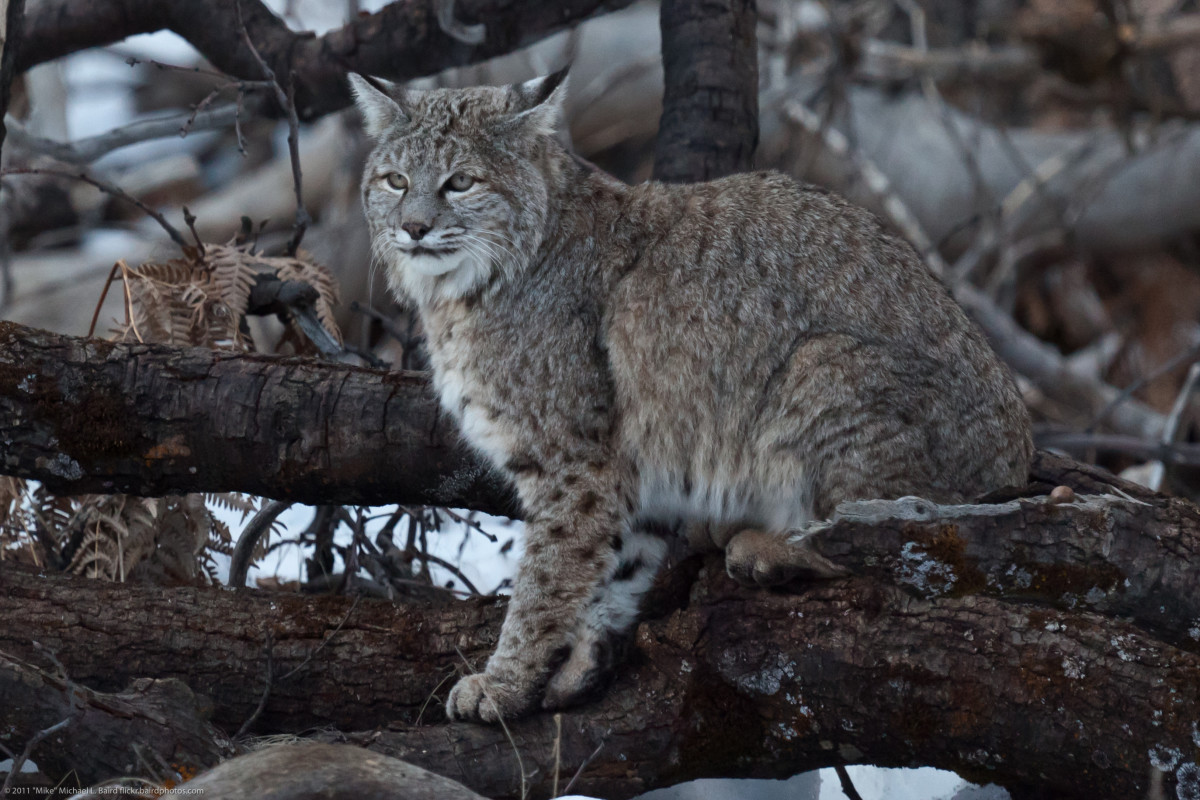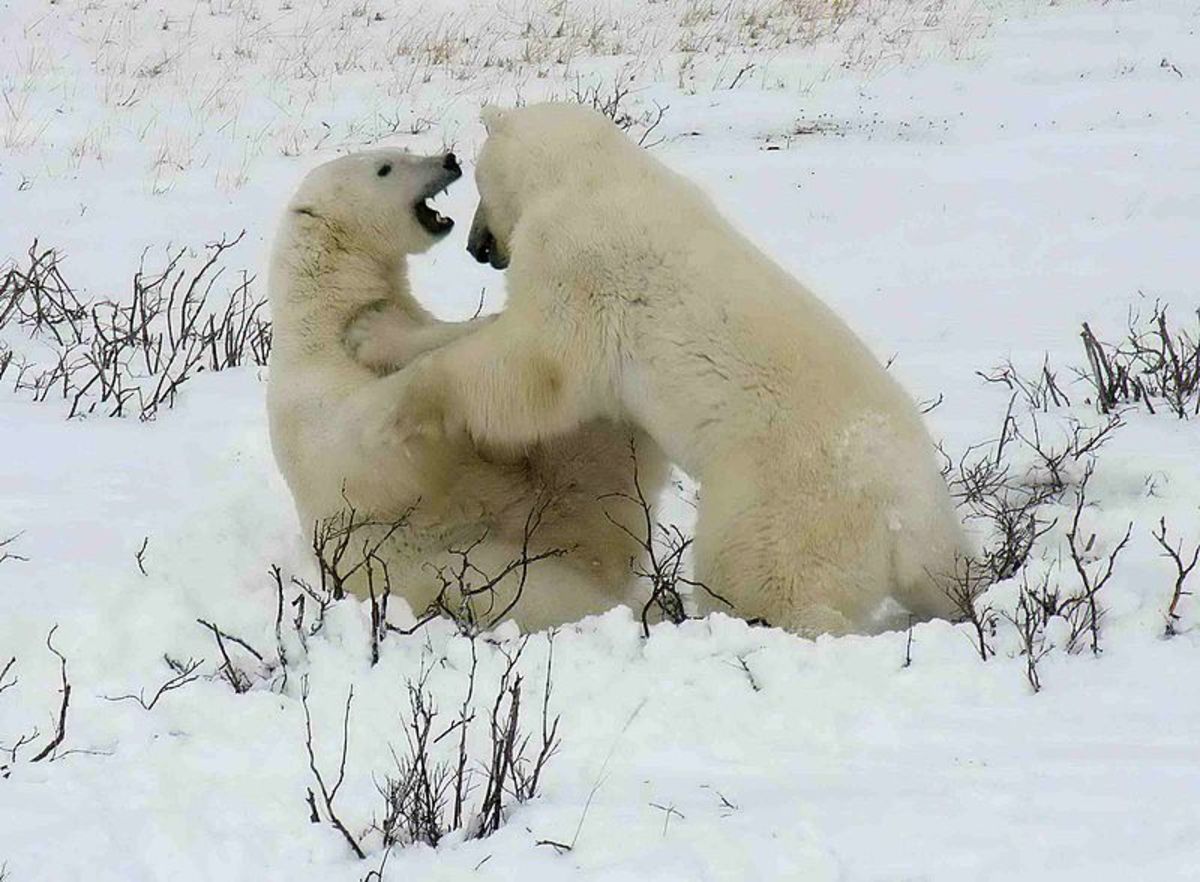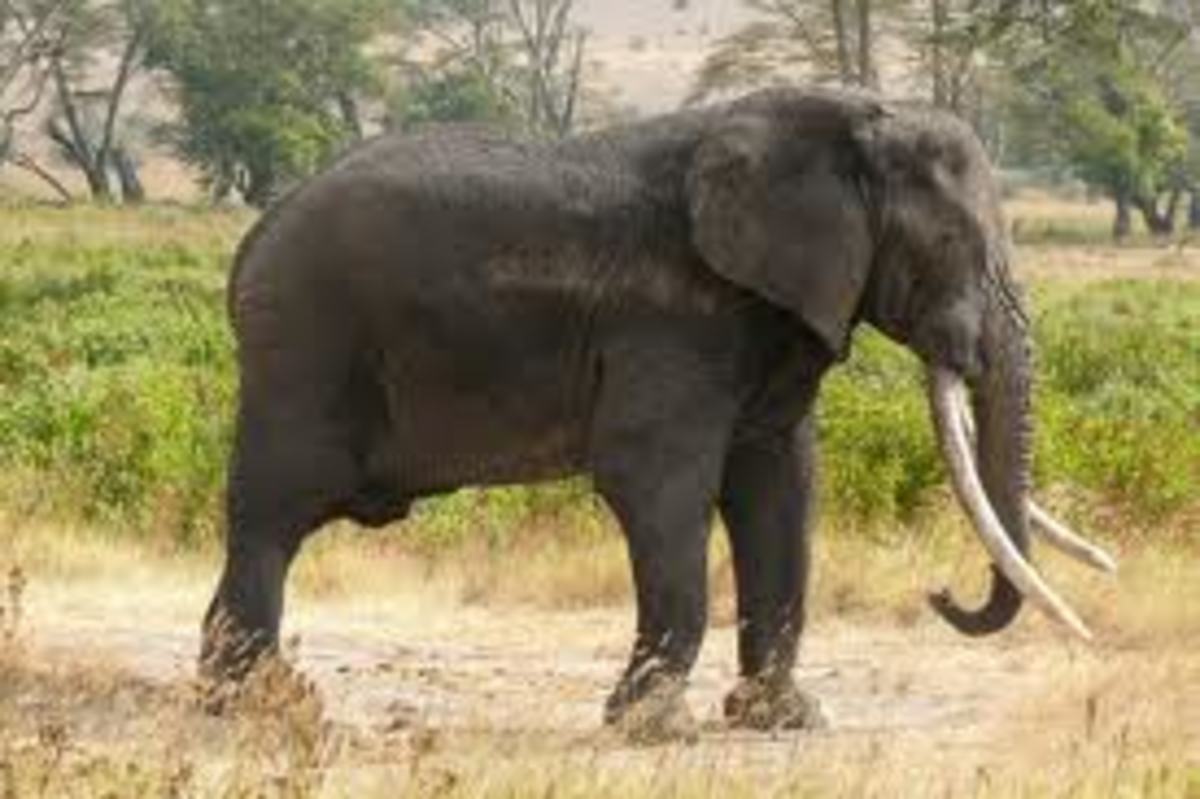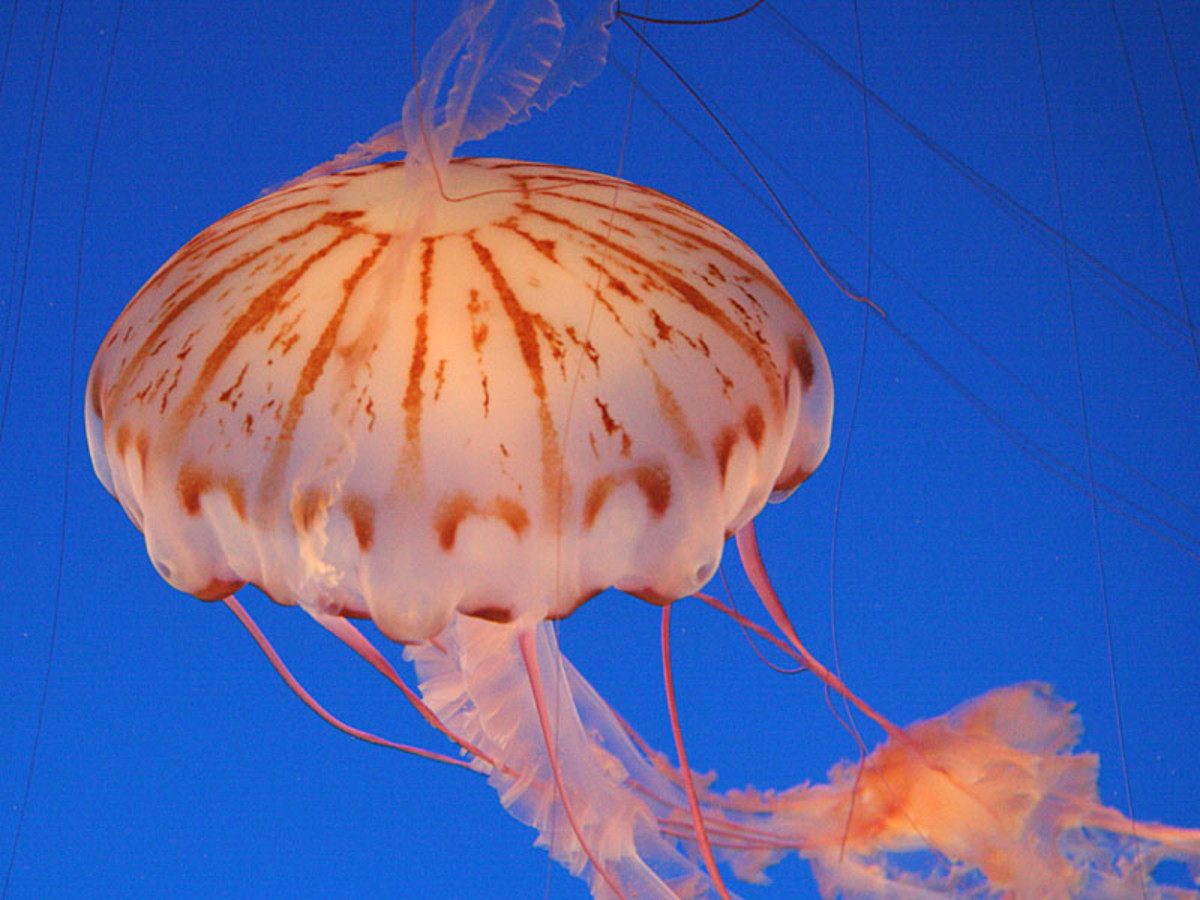Carnivores - The Dog-Style
Only One Of These Is A True Carnivore
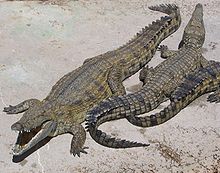
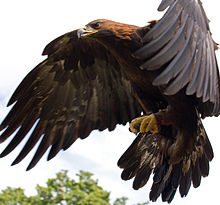
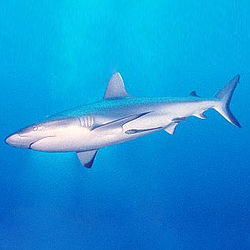
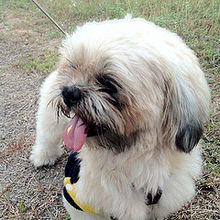
The Difference Between A Carnivore And A Meat-Eater
Although, in a broad sense, the term carnivore can refer to any type of meat-eating creature - strictly speaking, it is a taxonomic classification of animals. The Carnivores are members of the order Carnivora - within the mammal class. Simply put, this means is that not every predatory animal is a Carnivore. Non-mammalian predators such as snakes, sharks, crocodiles, and birds of prey are excluded from this category.
While it's true that not all predators are Carnivores, it's also true that not all Carnivores are predators! Some (such as bears) are foragers and others (such as the aardwolf) are insectivores. At least one Carnivore - the giant panda - is nearly a complete herbivore; only complimenting its bamboo diet with an occasional small animal.
So remember this - just because an animal is called a Carnivore, doesn't make it a predator. And just because it's a predatory animal, doesn't mean it's a Carnivore!
Two Major Types
Within the order Carnivora, there are two smaller groups, known as suborders. They are the Caniforma and the Feliforma.
The principle difference between the two suborders is a tiny section of the middle ear called a bulla. In Feliforms, the bulla is made up of two bones and is double-chambered. Caniforms have a single-chambered bulla made from a single bone.
While that is the only difference that always applies to these suborders, many general differences exist as well:
Many Feliforms have some type of retractable claws and tend to walk on their toes (digitigrade). They also tend to have shorter snouts and less teeth than Caniforms. Every species of Feliform is completely or mostly carnivorous, and none of them are herbivorous. One Feliform - the Aardwolf - feeds solely on insects.
No Caniform has retractable claws. Caniforms tend to walk on their entire foot (plantigrade). They also tend to have longer snouts and more teeth than Feliforms. Several Caniforms are omnivorous and a few are predominantly herbivorous.
Canids
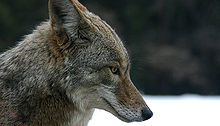
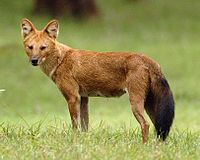
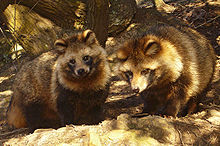
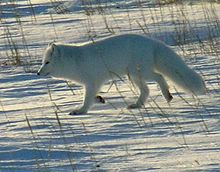
Canidae
The Canids are dogs, wolves, and foxes. There are twelve genera and thirty-five species.
In the genus Canis there are seven species - sometimes called wolves, jackals, or coyotes
Canis lupus - The Gray Wolf, Domestic Dog and Dingo
Canis rufus - The Red Wolf
Canis latrans - The Coyote
Canis simensis - The Ethiopian Wolf
Canis aureus - The Golden Jackal
Canis adustus - The Side-Striped Jackal
Canis mesomelas - The Black-Backed Jackal
There are two other large, wolf-like Canids closely related to Canis - they are:
Cuon alpinus - The Red Dhole
Lycaon pictus - The African Hunting Dog
There are many small Canids around the world that are often referred to as foxes. However, the Crab-Eating Fox (Cerdocyon thous) and the six "Zorros" foxes of the genus Lycalopex are more closely related to dogs and wolves than they are to other foxes.
True foxes can be found in one of three genera. Twelve foxes are inside the genus Vulpes - including the Red Fox (Vulpes vulpes), the Arctic Fox (Vulpes lagopus) and the Kit Fox (Vulpes macrotis). The genus Urocyon is shared by two species - the Gray Fox (Urocyon cinereoargenteus) and the Channel Islands Fox (Urocyon littoralis). Both of these foxes are beautifully adapted for climbing trees. The Bat-Eared Fox is the lone member of the genus Octocyon. Its main diet is termites, which it uses its huge ears to listen for.
South America is home to several unique and bizarre Canids.
The Bush Dog (Speothos venaticus) is a short-legged predator that was known from the fossil record before being discovered alive in the pampas of South America.
The Maned Wolf (Chrysocyon brachyurus) has the appearance of a giant fox with extremely long legs. Despite its looks, it is actually closer related to true wolves than to true foxes.
The Short-Eared Dog (Atelocynis mitosis) is a small dog that appears to be related to the Crab-Eating Fox. It has extremely small ears and very short legs. Unlike any other Canid, the Short-Eared Dog has upper canines that are long enough to protrude from their lower jaw .
Besides these strange, South American Canids, one other unusual dog inhabits the jungles of Asia - the Raccoon Dog (Nyctereutes procyonoides). This small creature rarely exceeds two feet in length and is one of only two genera of Canids that regularly climbs trees.
African Wild Dogs
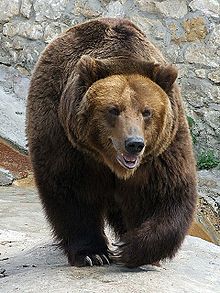
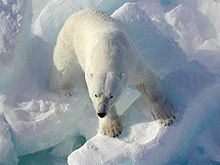
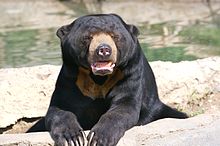
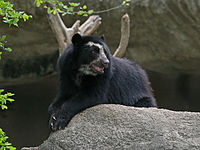
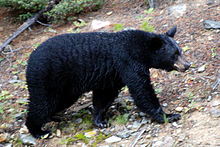
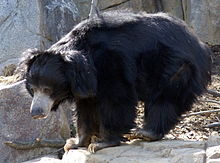
Ursidae
This is the Bear family. There are eight species of bear in five genera. They are perhaps the most omnivorous of the Carnivores and one species is completely herbivorous. Here is a list of the eight bears:
Polar Bear - Ursus maritimus: The largest land carnivore in the world, the polar bear is the most carnivorous of the bears. Because it inhabits the frozen arctic, vegetation is completely absent from it's diet. It's the only carnivore to regularly prey on sea mammals, such as seals and whales.
Brown Bear- Ursus arctos: The brown bear is the most widespread of the eight bear species. Versions of the brown bear can be found in North America (where it is known as the Kodiak and Grizzly Bear), Europe and northern Asia (where it is known as the Eurasian Bear and the Kamchatka Bear) and even into the jungles of southern Asia (where it is called the Himalayan Blue Bear). A subspecies of brown bear - the Atlas bear - was even found in Africa at one time!
American Black Bear - Ursus americanus: As it's name suggests, the American black bear inhabits the continent of North America. It's range extends from California to the East Coast and from Alaska to Mexico. Although it prefers the woodlands of temperate forests, it is an extremely adaptable creature. Black bears can be found in the swamps of Florida, the dry shrub-lands of New Mexico, and the Rocky Mountains of Colorado. It's diet is as varied as its habitat. Fruits, grass, garbage, deer, small mammals, insects and fish are just a few items on this bears constantly expanding menu.
The American black bear also has the most variations in appearance of any bear. While the smaller adults can weigh a mere 90 pounds, the larger males can weigh almost 600 pounds! Coloration can range from jet black to pure white - with various shades of bown, yellow, and gray.
Asian Black Bear - Ursus thibetanus: also known as the Moon Bear, the Asian black bear is native to southern Asia - throughout Japan, China and southern Russia. Because of the white markings on its chest, it has also been called the Moon Bear.
Sloth Bear - Melursus ursinus: Native to the subcontinent of Idia, the sloth bear is highly specialized for its diet of insects and invertebrates. It is much more slenderly built than other bears and is solid black in color. The sloth bear's strongly curved claws are used to rip open rotting wood and termite mounds. Once it tears into and insect nest, the bear uses its specially adapted mouth to suck them out.
Sloth bears have a unique history with humans. They are well-known for their docile nature and intelligence when tamed. However, they are equally known for their deadly aggression in the wild. Hundreds of well-documented attacks have occurred throughout India's history.
Spectacled Bear - Tremarctos ornatus: The spectacled bear is the only remaining bear in South America. It is also the sole surviving member of the short-faced bear subfamily. Despite the presumed carnivorous habits of its extinct relatives, this medium-sized bear is almost completely herbivorous. Less than 10% of its diet consists of meat. Unusually for forest-dwelling bears, very little of the spectacled bear's diet is made up of invertebrates.
Sun Bear - Helarctos malayanus: This is the world's smallest bear, with the larger specimens rarely exceeding 150 pounds. It inhabits the jungles of Southeast Asian and the islands of Malaysia. Like most other bears, the sun bear is omnivorous and is a very opportunistic feeder. In the areas where there territories meet, the smaller sun bear is often preyed on by the bigger Asian black bear.
Giant Panda - Ailuropoda melanoleuca: The giant panda is the only truly herbivorous member of the bear family (Ursiidae). It has a specially adapted thumb to grip its main meal - bamboo. These bears are exclusive to China and are strictly protected by the Chinese government as a symbol of that country.
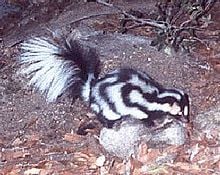
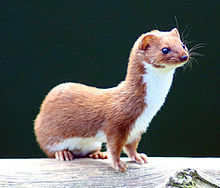
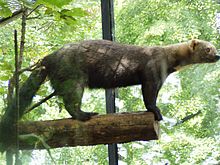
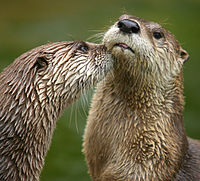
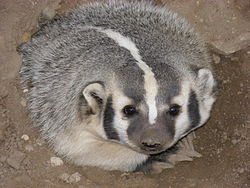
Mustelidae
This is the weasel family. It includes weasels, polecats, wolverines, badgers, and otters. Skunks are classified in this family as well, although they are sometimes put in their own family - Mephitidae. Currently, there are four subfamilies of Mustelids: Mephitinae, Mustelinae, Lutrinae, and Melinae.
Mephitinae
These are the skunks and stink badgers. They include the four species of hog-nosed skunk, the four species of spotted skunk, and the two species of striped skunk. These ten species are spread throughout the Americas, from the southern tip of South America to Northern Canada.
Only two species, the stink badgers, exist outside of the Western Hemisphere. They live in the forests of Malaysia.
Mustelinae
This is the largest and most widespread subfamily of mustelids. It includes a huge range of habitats, sizes, and habits. At the time of writing this hub, there are 11 genera.
Mustela - this is the largest genus of mustelids, with 17 species. They include all of the "typical" weasels, minks, stoats and polecats. The smallest living carnivore (the least weasel) belongs to this genus.
Martes - These animals are very similar to true weasels, if only slightly larger. They are very arboreal, spending most of their lives in conifer trees. Included in the genus are the fisher, the sable, and the 6 species of marten.
Eira - the Tayra. Like the martens, the tayra is arboreal. It is extremely agile, has fairly long legs, and has even been observed leaping from one tree to another.
Galictis - the two species of grison. Grison are small, black-and-white carnivores that inhabit the forests of South America.
Ictonyx - two species of striped polecat. These creatures are similar in build to true weasels, but are colored like a skunk. They arid areas of Africa.
Lyncodon - the Patagonian weasel. Little is known about this small carnivore. Further research may re-classify it as the 18th species of Mustela.
Gulo - One of the more well known mustelids, the wolverine. This is one of the largest members of its family, sometimes weighing more than 50 pounds! It is an active hunter, and preys on anything from rabbits to reindeer.
Neovision - the mink. The mink is similar in build to the species of Mustela, but closer in size to the species of Martes. It lives throughout North America, where it spends most of its time hunting in fresh water streams and ponds.
Poecilogale - The African striped weasel. This carnivore is currently in its own genus, but could eventually be re-grouped into the Ictonyx genus.
Vormela - The marbled polecat. This is one of the most strikingly colored member of the mustelid family. It has a beautiful brown, black, yellow, and white coat. It can be found throughout the temperate regions of Asia.
Melivora - The honey badger. There is some debate about where the honey badger should be classified. It was once grouped together with the true badgers of the Melinae. Later it was suggested that it was different enough from other badgers to be placed in its own subfamily, Melivorinae. The current trend is to place it in Mustelinae with its closest relatives, the species of Martes.
Lutrinae
These are the seven genera and thirteen species of otter. As a rule, otters are aquatic. They mostly inhabit freshwater streams, rivers and lakes. The exception to this is the sea otter, which spends most of its life in the Pacific ocean.
Generally, otters tend to be larger than other mustelids. The smallest otter (the small-clawed otter) is around 2 feet in length and about 3 pounds. The largest otters are the giant otter of the Amazon and the sea otter of the western United States. Both are between 6 and 7 feet long and can weigh up to 100 pounds.
Melinae
These are the badgers and ferret badgers. Sometimes the four genera are placed in two separate subfamilies, but it is clear that they are closer related to each other than to any other mustelid.
The genus Meles contains the three species of Old World badger - the European, Japanese and Asian badgers. Closely related to Meles is the hog badger (Arctonyx colaris). Four species of ferret-badgers make up the genus Melogale. The American Badger (Taxidea taxus) is endemic to North America, where they are one of the largest living mustelids. Of all the mustelids in North America, only the sea otter and the wolverine exceed the American badger in size.
Amazon results for "otter
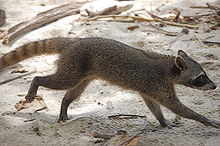
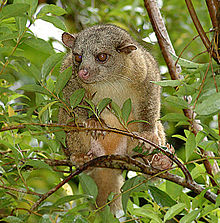
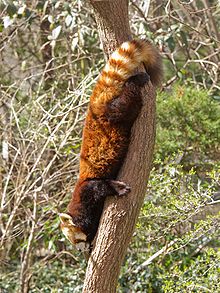
Procyonidae
The procyonids are a diverse and widespread family of carnivores. There are seven genera and sixteen species.
Procyon - these are the three species of raccoon. Easily the most famous member of its family, the raccoon can be found from southern Brazil to northern Canada. Smaller, introduced populations also exist in Japan and western Europe.
Nasua and Nasuella - the four species of coati. Each genus holds two species. Nasua includes the common and the white-nosed coati. Two species of mountain coati (the Eastern and Western mountain coati) make up the genus Nasuella.
Potos - the kinkajou
Ailurus - the red panda. Many disagree with the red panda's placing in Procyonidae, and there is a growing movement to place it in its own family - Auliridae.
Bassaricyon - The five species of olingo
Bassariscus - the ringtail and the cacomistle
Not Included...
At one time the walrus, seals, and sea lions were classified as carnivores. But the obvious differences between the two groups are leading some scientists to classify them in their own order - Pinnipedia.


